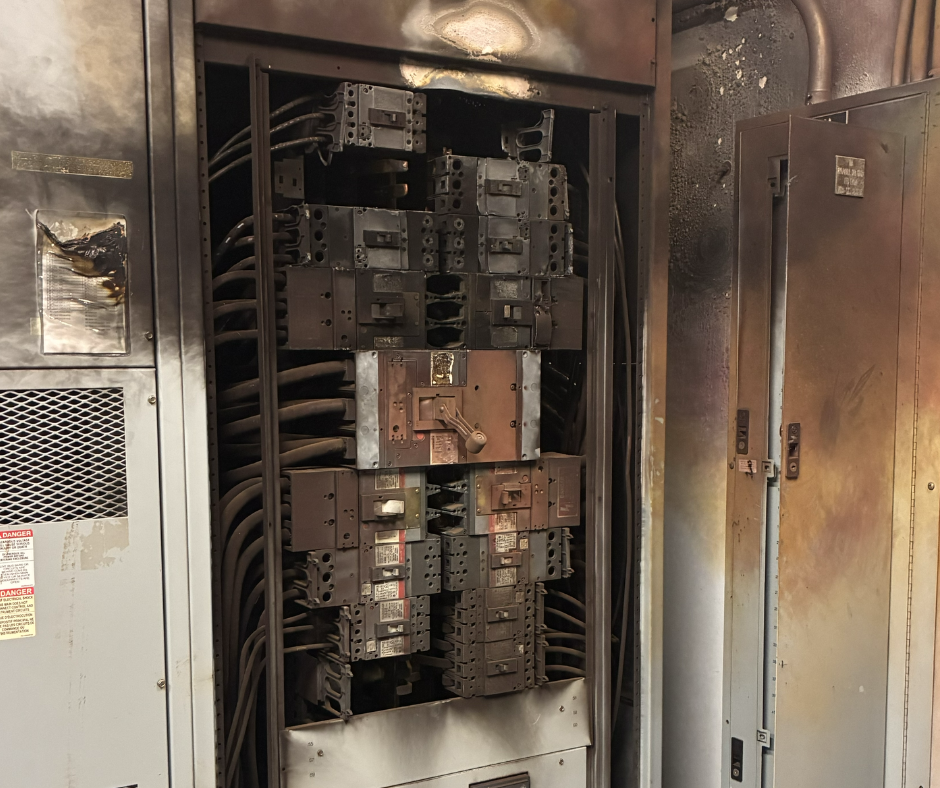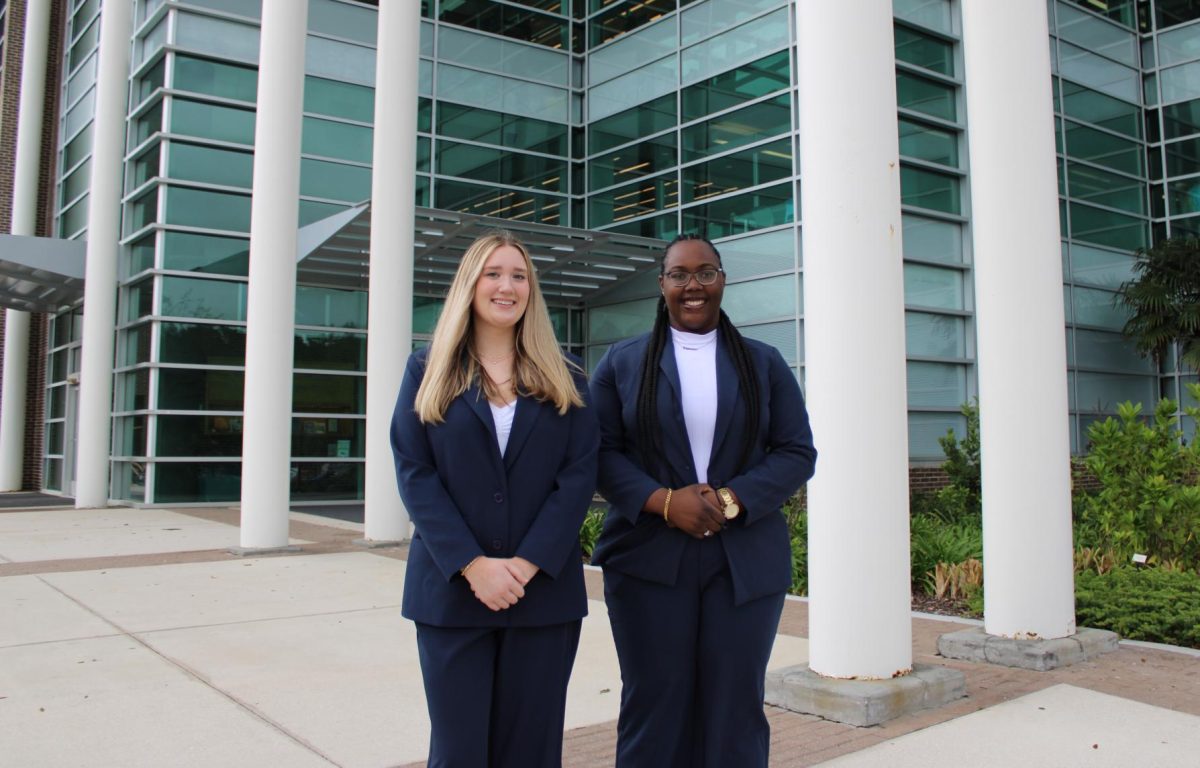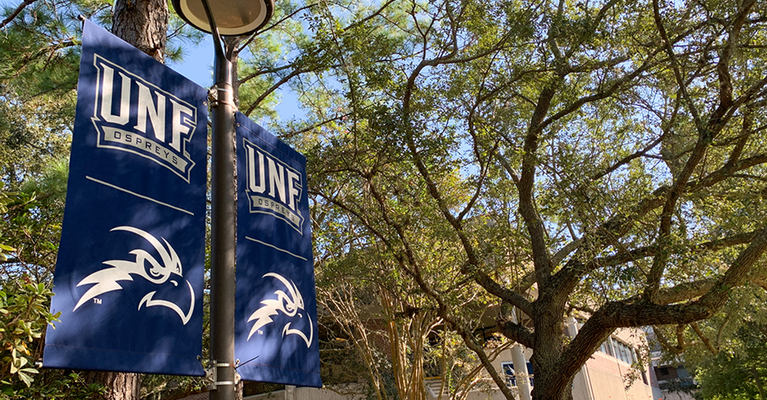By: Zach Singer, Contributing Writer
A team of UNF students and professors is analyzing data collected by buoys to monitor the ecological state of Guana Lake.
University of North Florida senior Nicolette Chimato, graduate student Michael Toth and professors Pat Welsh and David Lambert prepared for a routine visit March 23 to examine buoys that were placed in Guana Lake a year ago.
The water in the lake comes from neighboring intracoastals, so initially it is salty. Since the lake is dammed off, periods of drought cause the water to evaporate, leaving the salt in the lake. When these salt levels become too high, it makes it difficult for some animals to live and grow.
Lately, the buoys have been measuring more salt than usual in the lake. This is a result of too much evaporation and not enough rain.
There are two buoys in the lake, both created by the crew, one in the north bay and another in the south. During this trip, the plan was to change out the instrumentation on the buoy in the north bay. Organisms and wildlife are constantly attaching to the buoy, causing the information to be misread, Toth said.
The buoys collect readings of temperature and depth, along with more complicated data, such as turbidity, pH and salt levels.
“It’s hard to paint a picture of how the environment has evolved over time versus how our instruments and methodology changed over time to get the data,” Welsh said.
A dam splits the lake into two bays. The information collected from the buoys is sent to the dam. The south bay is used for wildlife conservation, while the north bay manages conservation.
While the crew planned on installing an antennae in the dam that would send the information from the buoy to the The Guana Tolomato Matanzas National Estuarine Research Reserve Environmental Education Center, Toth and Welsh faced difficulty when their drill would not penetrate the cement brick construction of the dam.
The team hopes to create an app for smart phones for visitors and researchers to pull up real-time information from the buoys. If the lake is too salty and stressed, it will be more difficult to catch fish. Toth said the fishermen who come to the lake daily would be interested in that information.
“Guana is the Indian word for big fish, I think,” said Mike Rentz, a local fisherman who has fished Guana Lake since he was 15 years old.
Rentz, 54, has witnessed a significant decline in the number of fish in the past 20 years.
The buoy has a long history. It started four years ago, when Toth, Welsh and Lambert placed a buoy 5 miles off the coast of Mayport. They wanted a better baseline study of environments before events like hurricanes happened. This would help them understand how events directly affect the water.
The buoy costs $150,000, which motivated the team to come up with a lower-cost solution they could put into rivers, lakes and streams.
Chimato, a UNF coastal biology senior, joined the project last semester to bring in the biological aspect of the data.
Chimato works on the environmental side, monitoring how the the changes of the lake effect the environment. Toth deals with the technological aspect, building the buoy and managing all of the communication equipment located in the dam. Chimato appreciates the diversity of her team because it enables her to see things from different perspectives.
“They have a lot to teach me, and I have a lot to learn,” Chimato said.
Lambert and Welsh stress to their students to take on more out-of-classroom endeavors. One example is Toth, who recently graduated with a master’s in chemical engineering.
“It’s easy to make a light flash in the lab, but to take it outdoors in a harsh environment and make it flash for a year, it’s a totally different thing,” Toth said.
Email Zach Singer at news@unfspinnaker.com.











